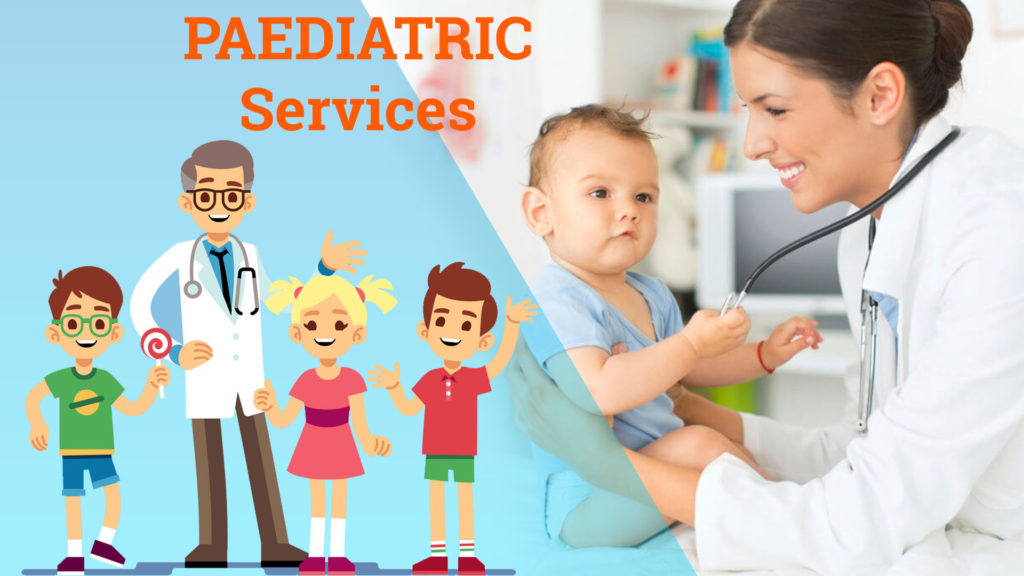Pediatric ophthalmology is a sub-specialty of ophthalmology concerned with eye diseases and vision care in children.
About 80% of learning in the child’s first 12 years comes through his eyes. Children are not aware of their vision disorders and mostly grow with this. Truly, diagnosis can help prevent many eye diseases.
The Pediatric Ophthalmology and Strabismus Service provide comprehensive primary care for the diagnosis and management of infant and child vision and common childhood vision disorders. It also performs surgery to correct ocular misalignment and double vision in children and adults.
Children experience a variety of eye problems, many quite distinct from adult eye diseases:
Strabismus is a misalignment of the eyes that affects 2-4% of the population; it is often associated with amblyopia. The inward turning gaze commonly referred to as “crossed-eyes” is an example of strabismus. The term strabismus applies to other types of misalignments, including an upward, downward, or outward turning eye.
Amblyopia (aka lazy eye) occurs when the vision of one eye is significantly better than the other eye, and the brain begins to rely on the better eye and ignore the weaker one. Amblyopia affects 4% of the population and is clinically diagnosed when the refractive error of one eye is more than 1.5 diopters different than the other eye. The management of amblyopia involves correcting significant refractive errors and using techniques that encourage the brain to pay attention to the weaker eye such as patching the stronger eye.
Retinopathy of Prematurity: It is a serious condition, developing in premature babies, which can damage the retina and unless properly managed, can cause irreversible blindness at an early age. Very low birth weight babies and those with exposure to high oxygen are at greater risk.
Pediatric cataracts: Cataract is an opacity that develops in the crystalline lens of the eye or its envelope. Cataract in the child’s eye leads to vision loss and needs early management to prevent further problems like amblyopia. Surgery is done for its removal and depending on age, an intraocular lens may be implanted.
Pediatric glaucoma: High pressure in the eye leading to damage to the optic nerve is found in 0.1 – 0.2 % of pediatric patients. It may present with big eyes, watering, or may have no symptoms at all. It requires early diagnosis and management.
Abnormal vision development: Both eyes may not work together due to developmental anomalies and problems infusion. They require expert diagnosis and early management to prevent problems later in life.
Genetic disorders often cause eye problems for affected children. Since approximately 30% of genetic syndromes affect the eyes, examination by a pediatric ophthalmologist can help with the diagnosis of genetic conditions. Many pediatric ophthalmologists participate with multi-disciplinary medical teams that treat children with genetic syndromes.
Congenital malformations affecting vision or the tear drainage duct system can be evaluated and possibly surgically corrected by a pediatric ophthalmologist. Orbital tumors like dermoid tumors are more common at a young age. They need to be evaluated and a proper treatment plan is formulated according to individual patient findings. Refractive errors such as myopia (near-sightedness) and astigmatism can often be corrected with prescriptions for glasses or contacts. Convergence insufficiency, Accommodative insufficiency and asthenopia symptoms are very common in children. Asthenopia is an ophthalmologic condition that manifests itself through nonspecific symptoms such as fatigue, red eyes, eye strain, pain in or around the eyes, blurred vision, headache, and occasional double vision. Symptoms often occur after reading, computer work, or other activities that involve tedious visual tasks. Sometimes, asthenopia can be due to specific visual problems, such as uncorrected refraction errors or binocular vision problems like accommodative insufficiency or heterophoria. Evaluation of visual issues in education is vital in a child facing the sudden deterioration of academic performance, which may be due to undiagnosed vision problems and may require glasses to correct refractive error.


UmaPrem Netralay is the best eye care hospital in Uttar Pradesh. They have a good environment for every patient. It is established by Dr. Arun Kumar Gupta. Dr. Arun Kumar Gupta is an experienced Ophthalmologist and also a gold Medalist.
©2023 UMAPREM NETRALAY. All Rights Reserved. Design and developed by E-Data Web Center & Raj Tech.